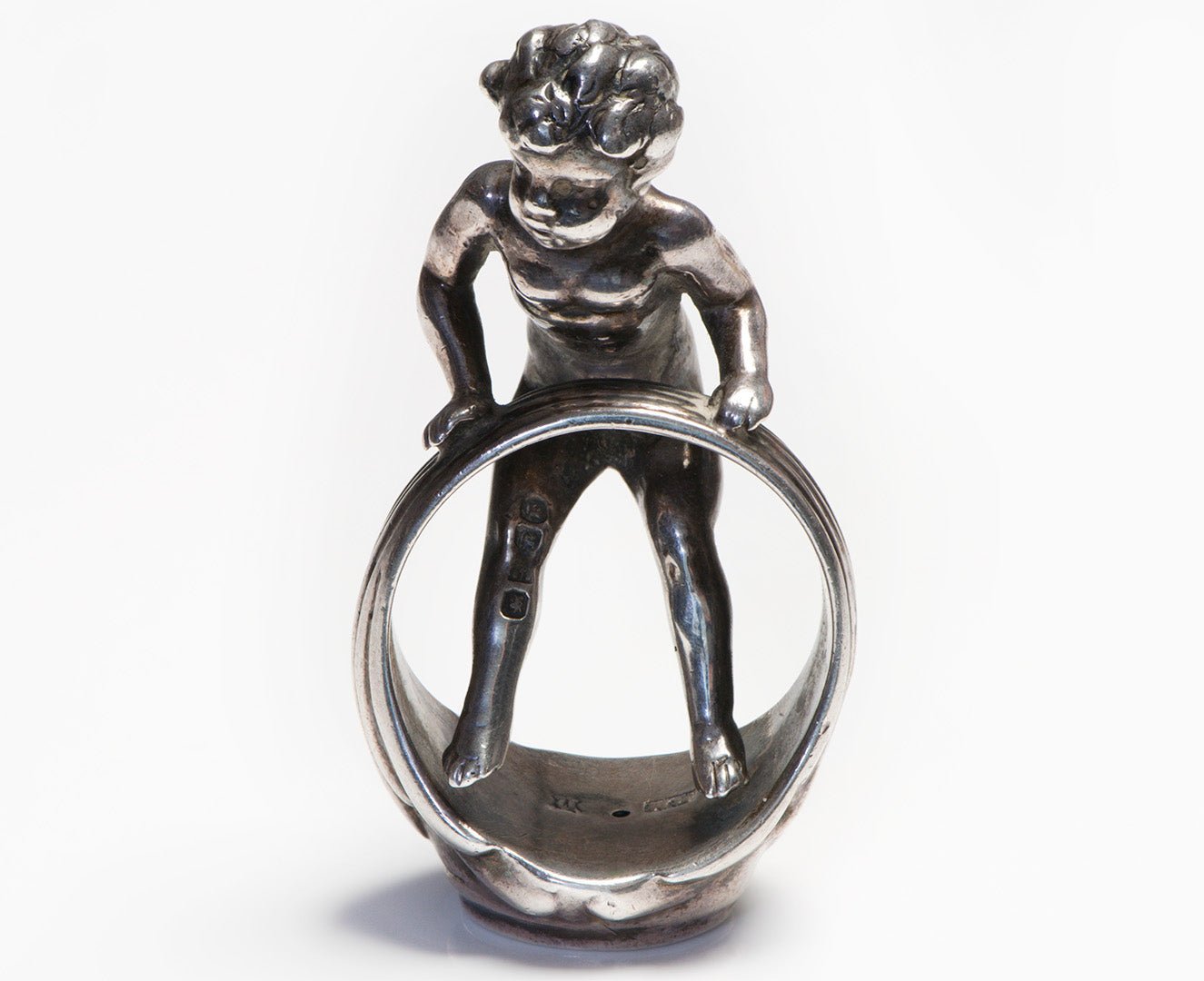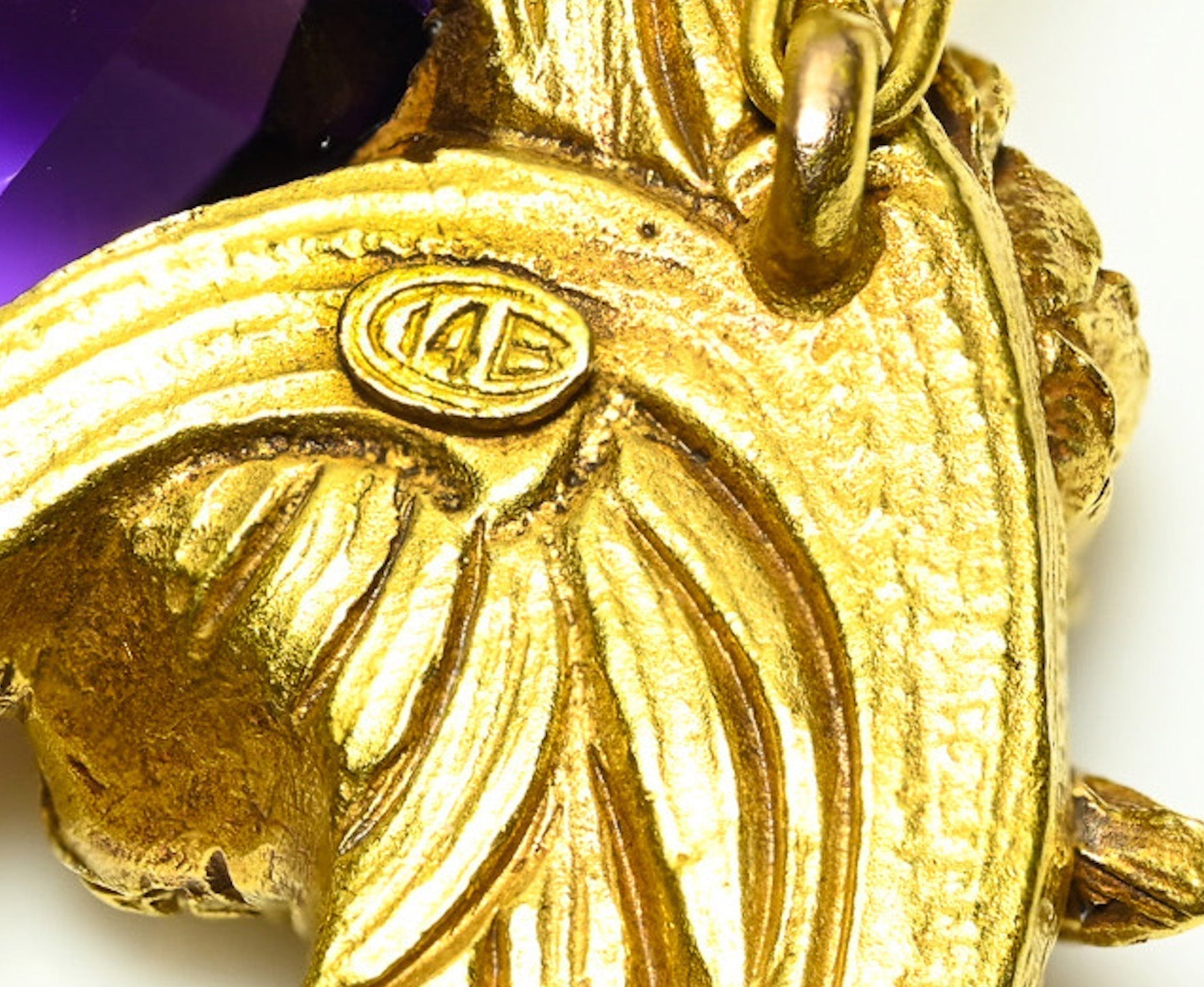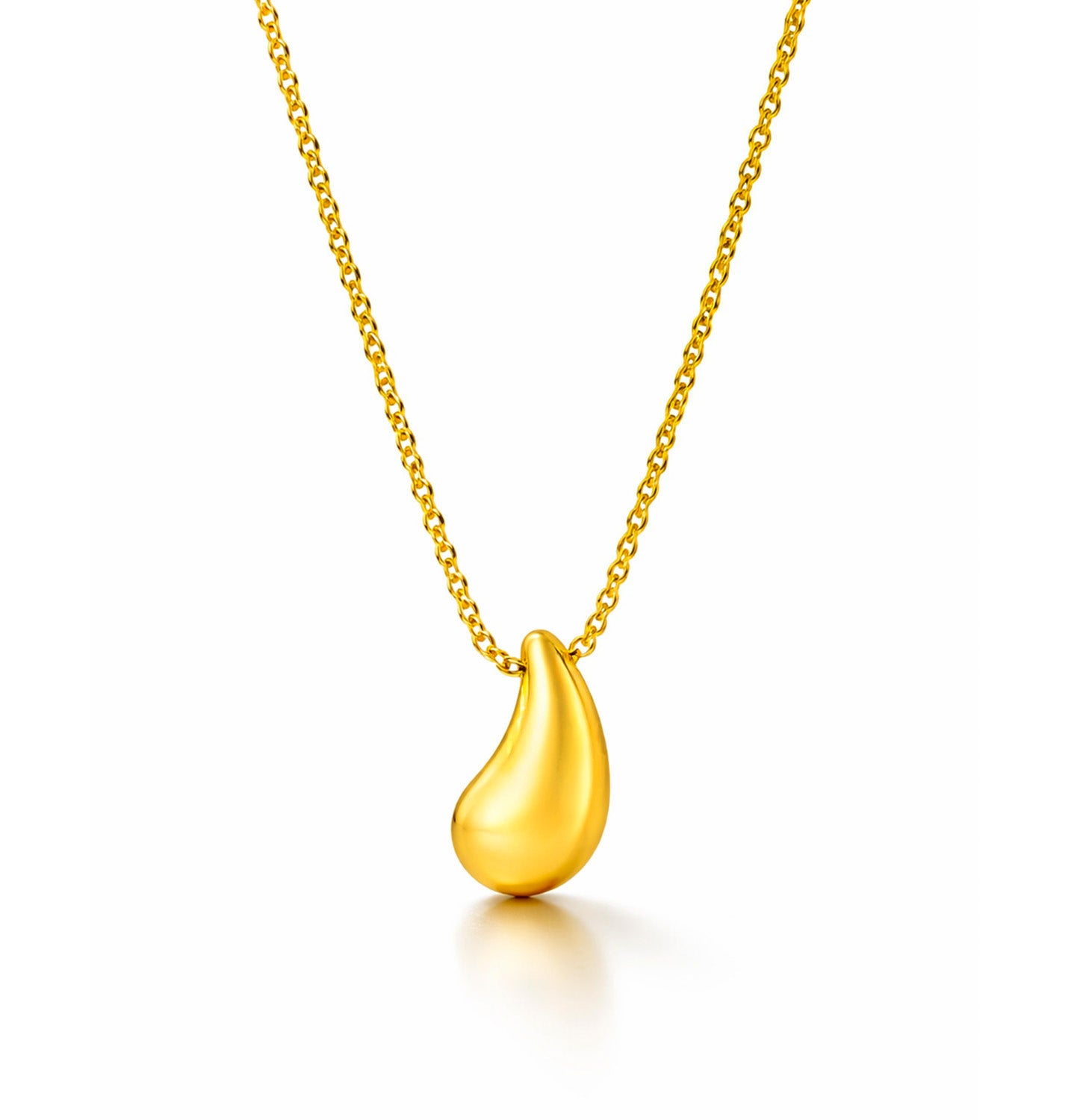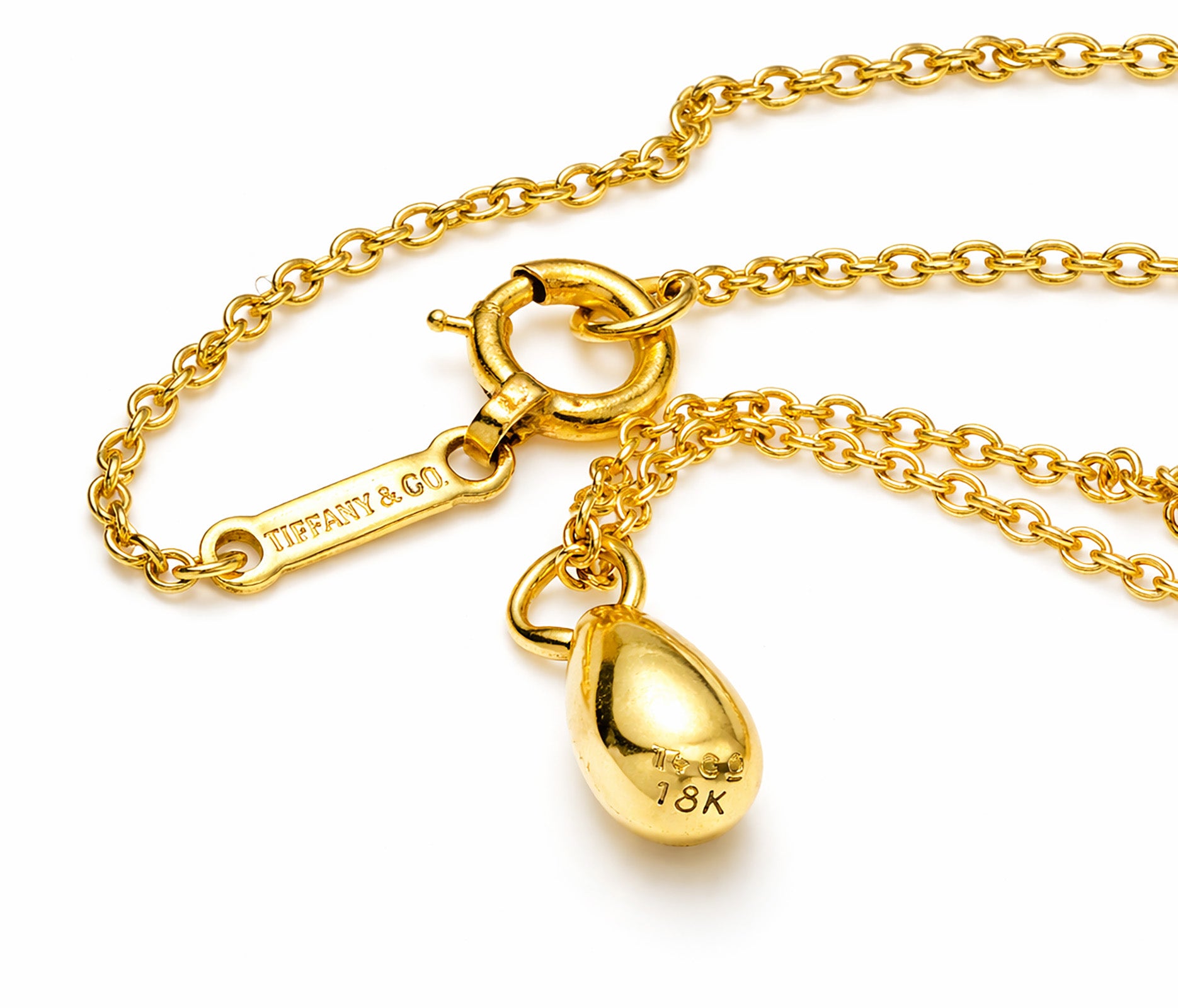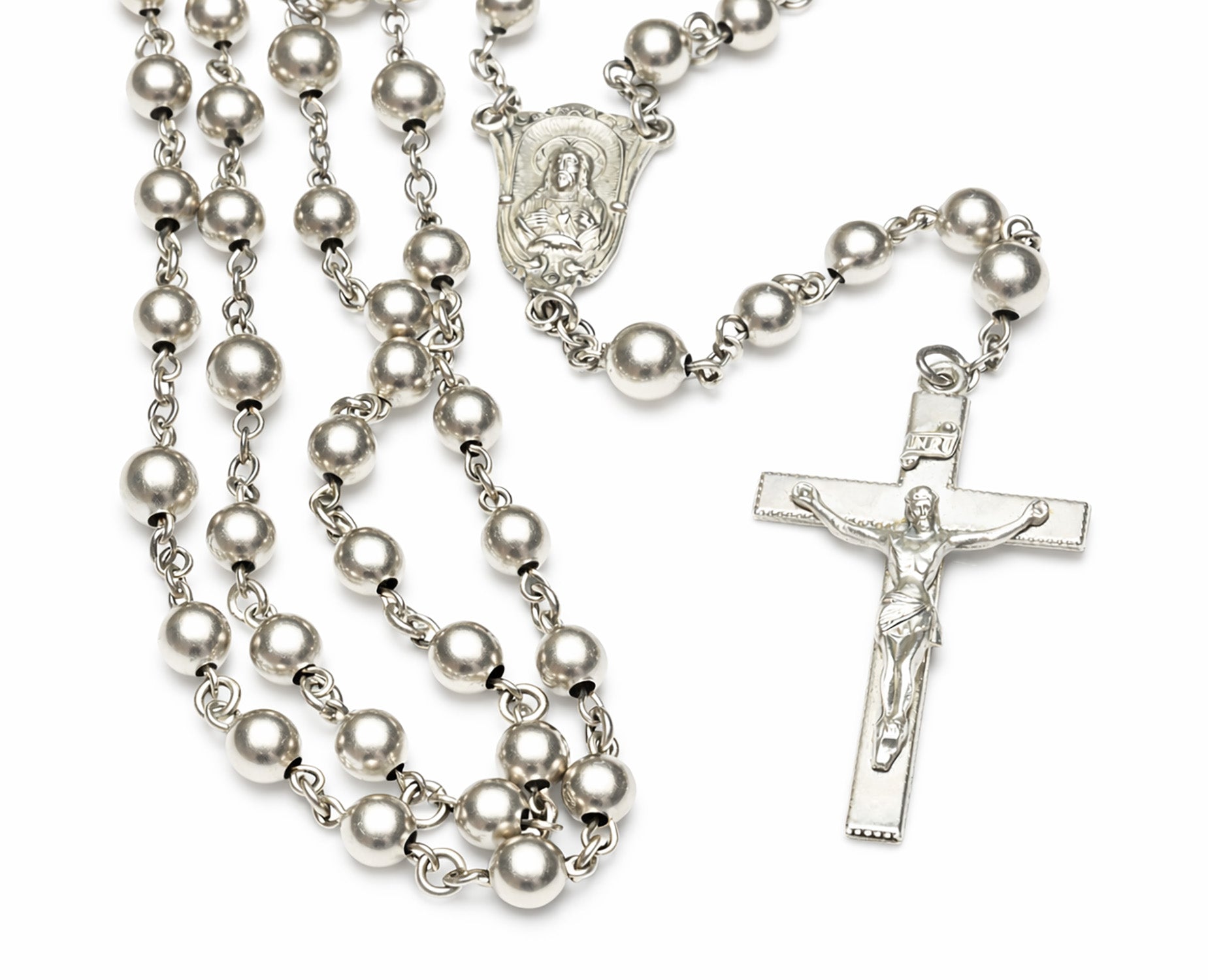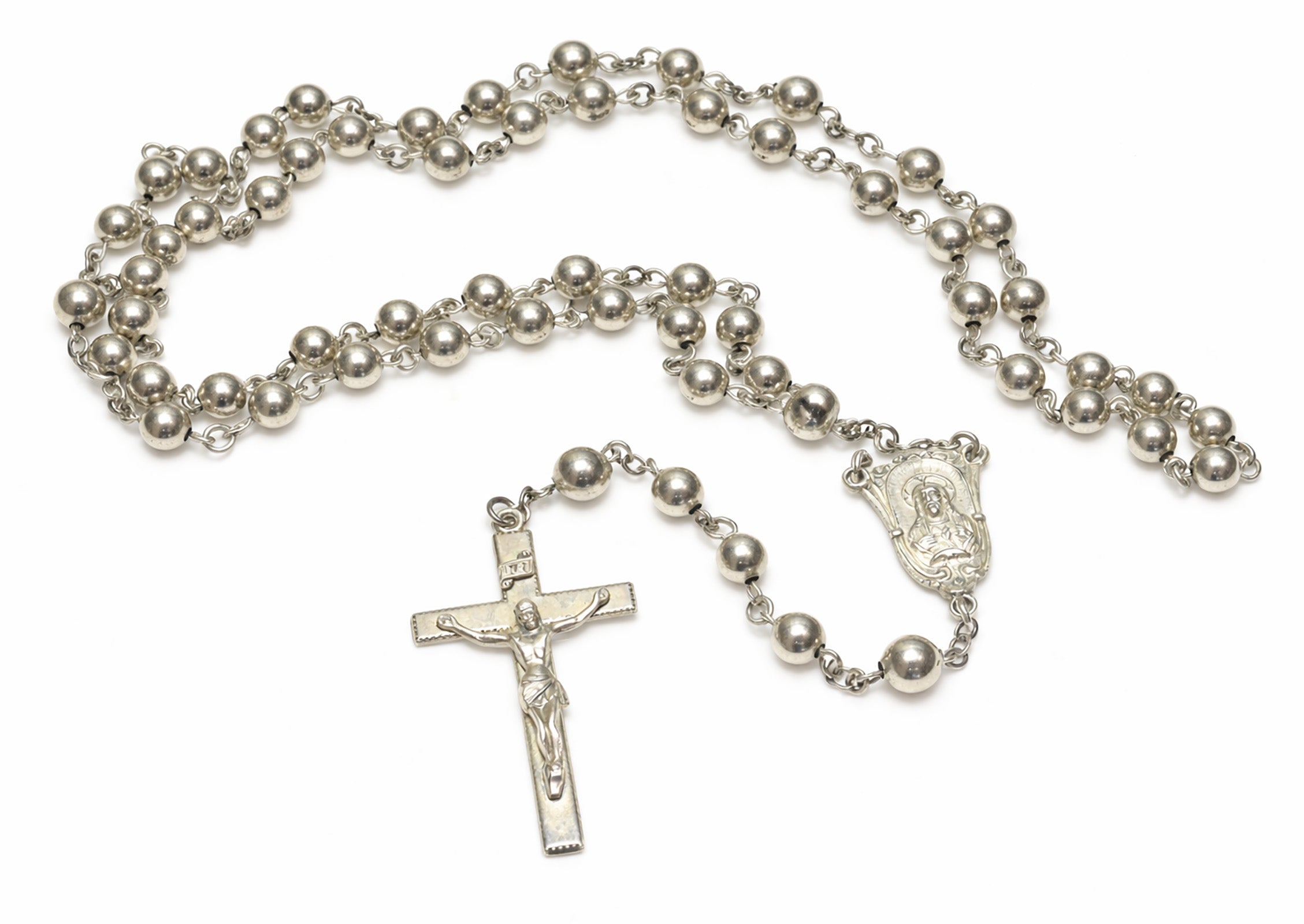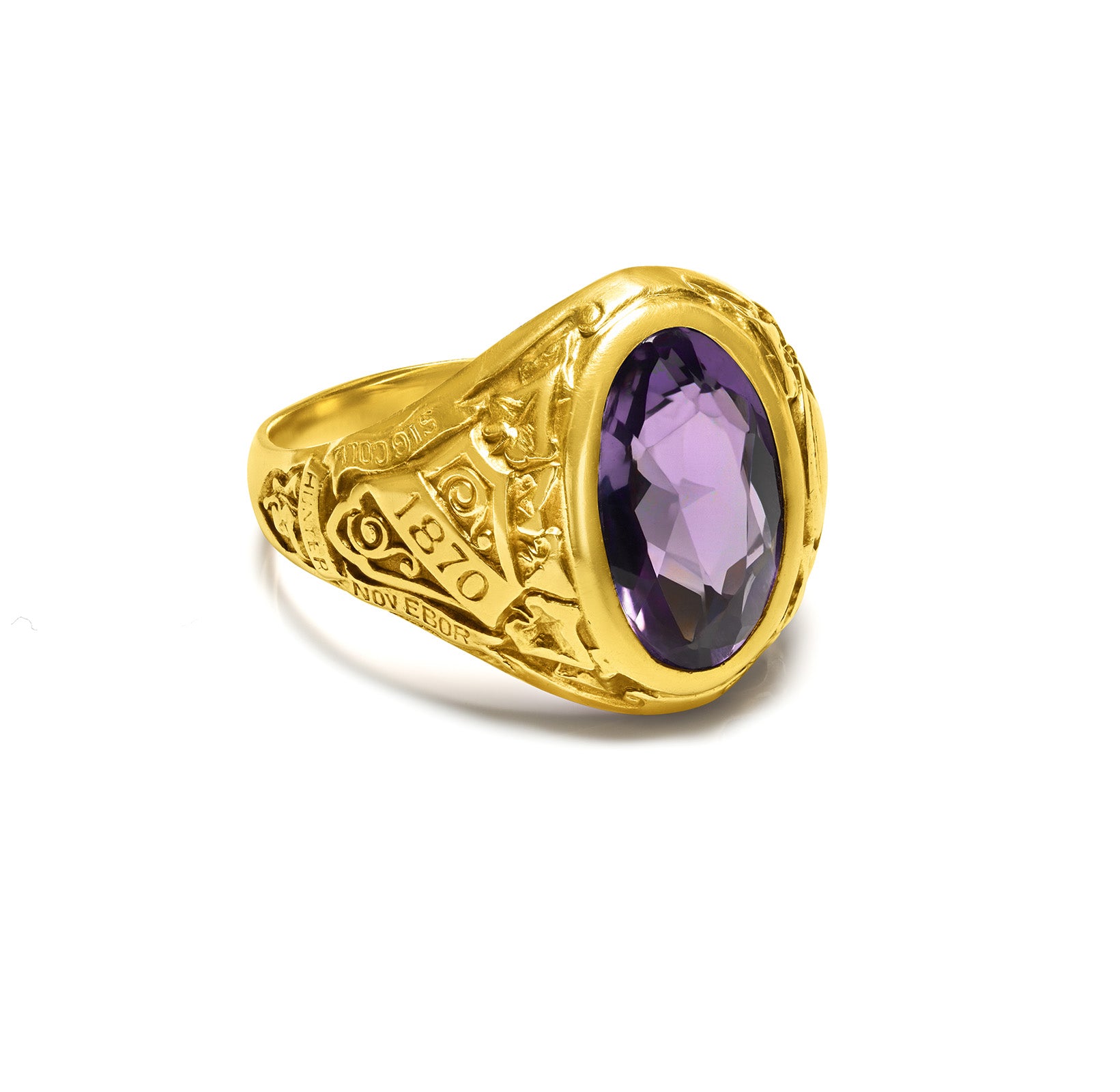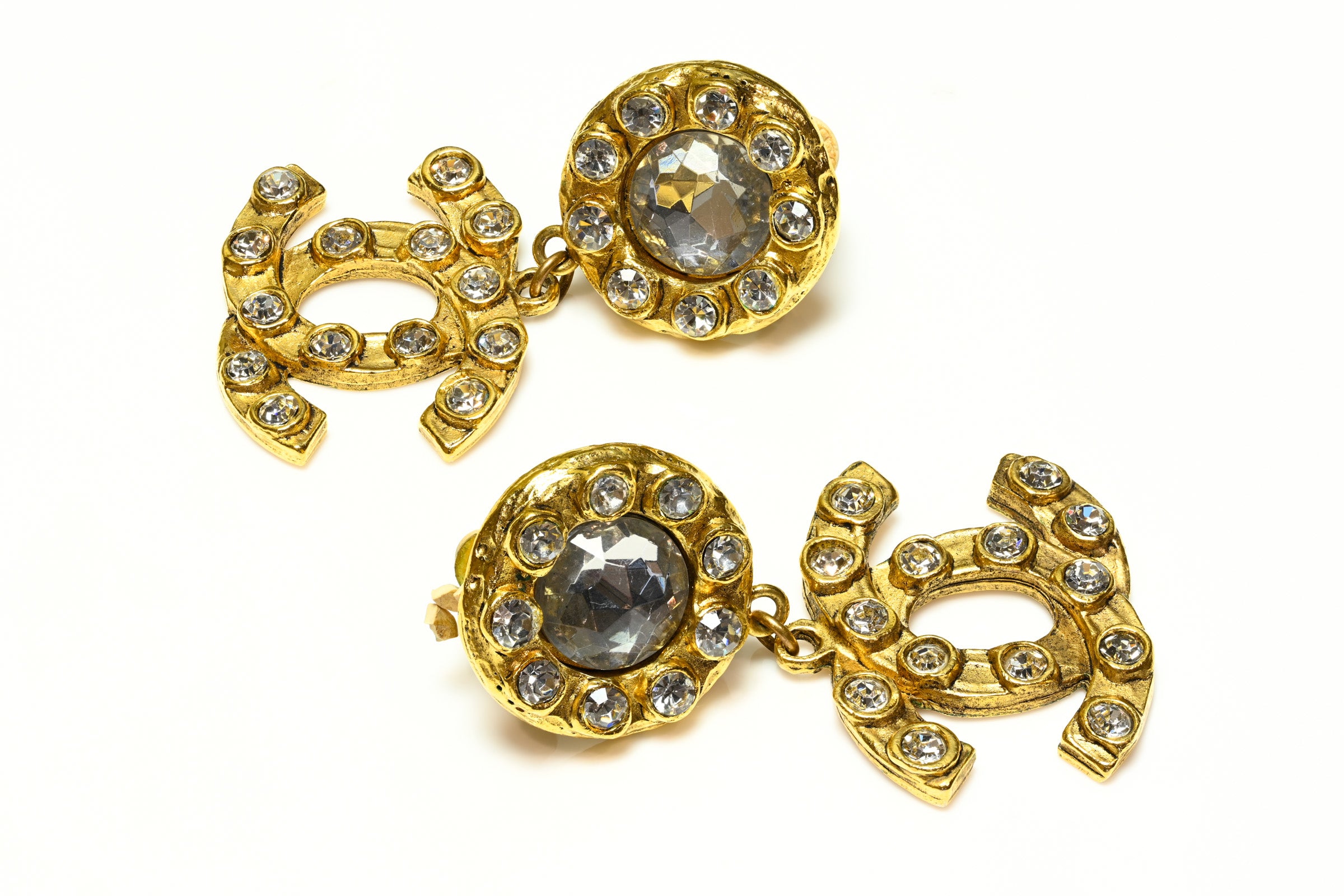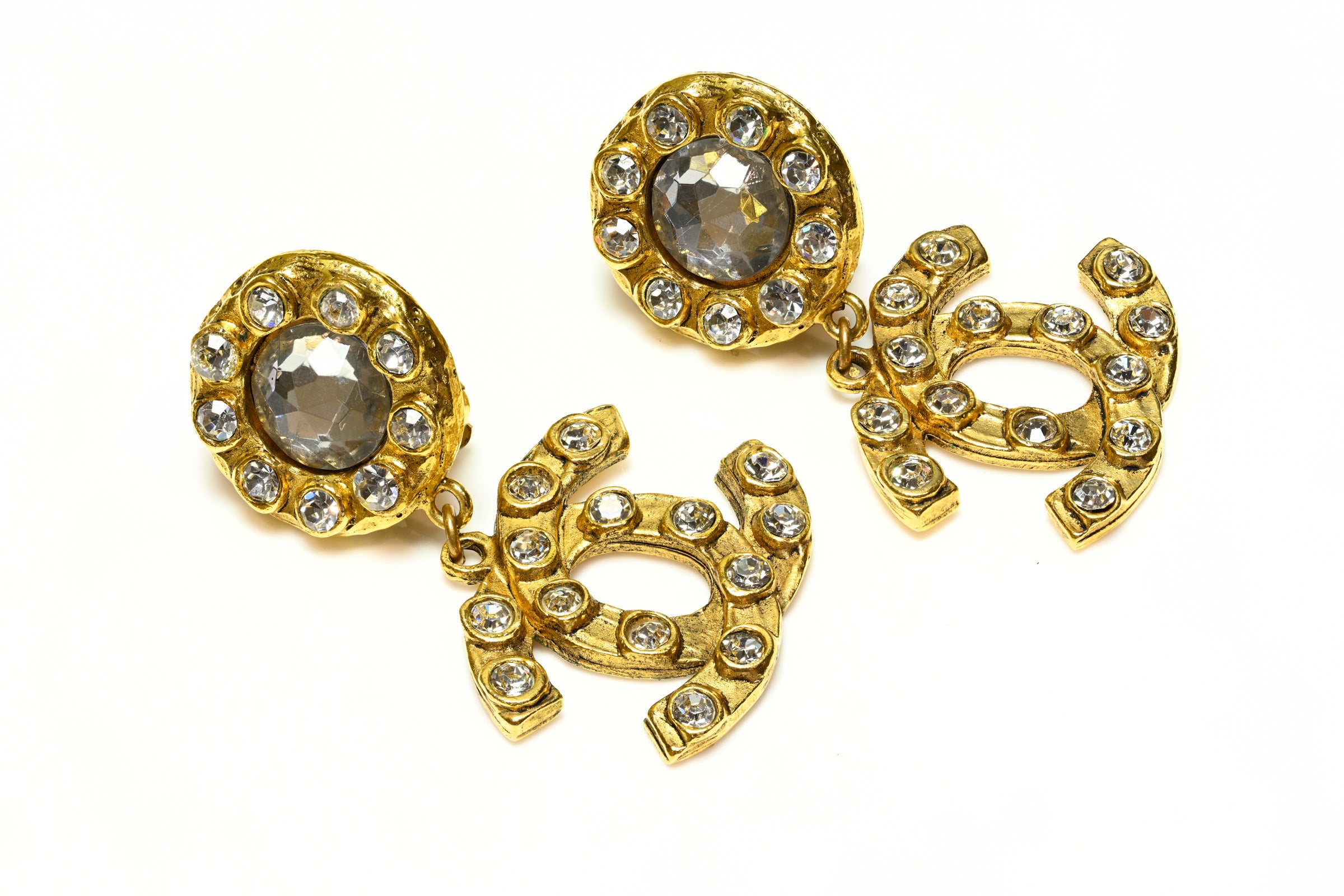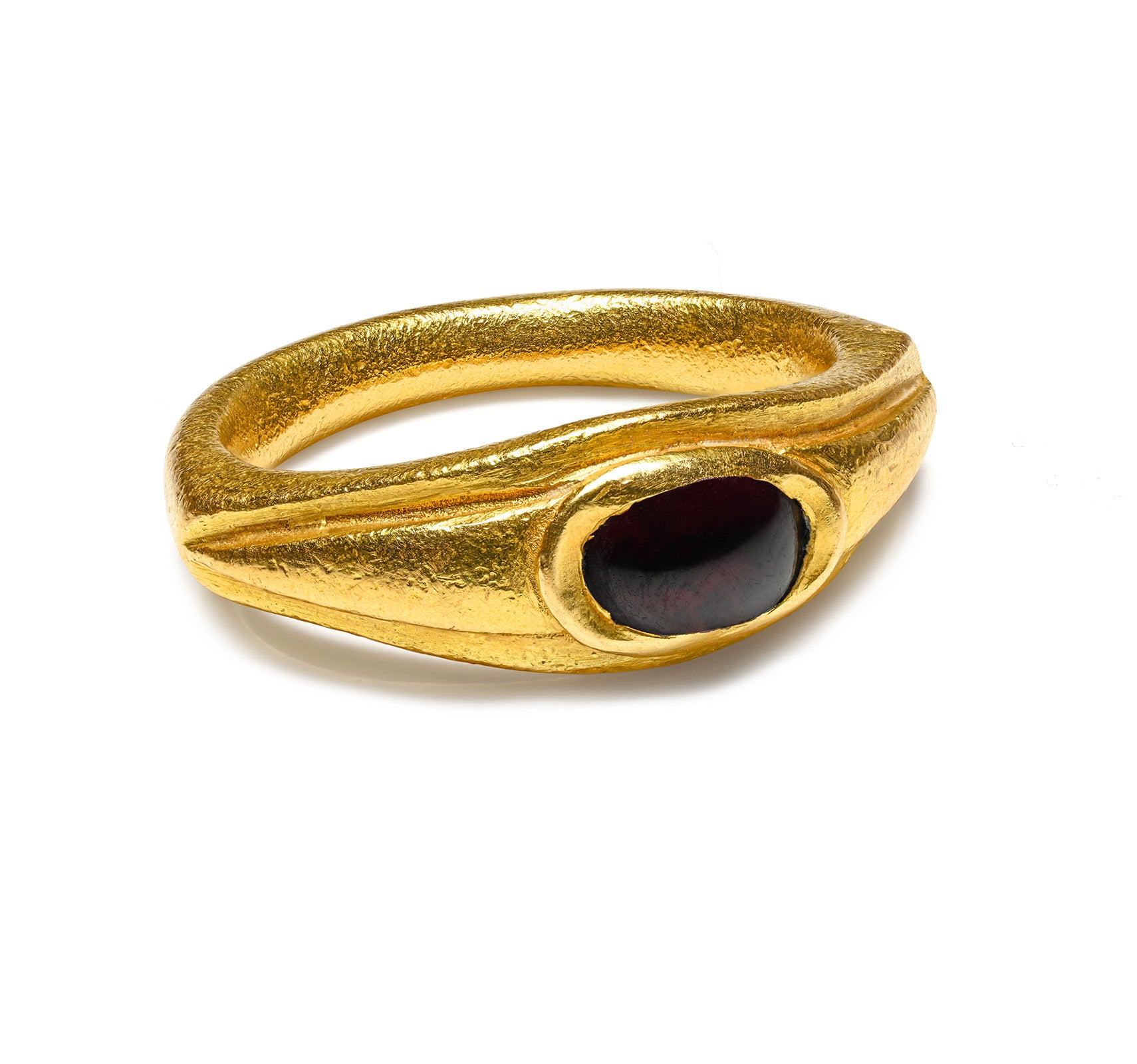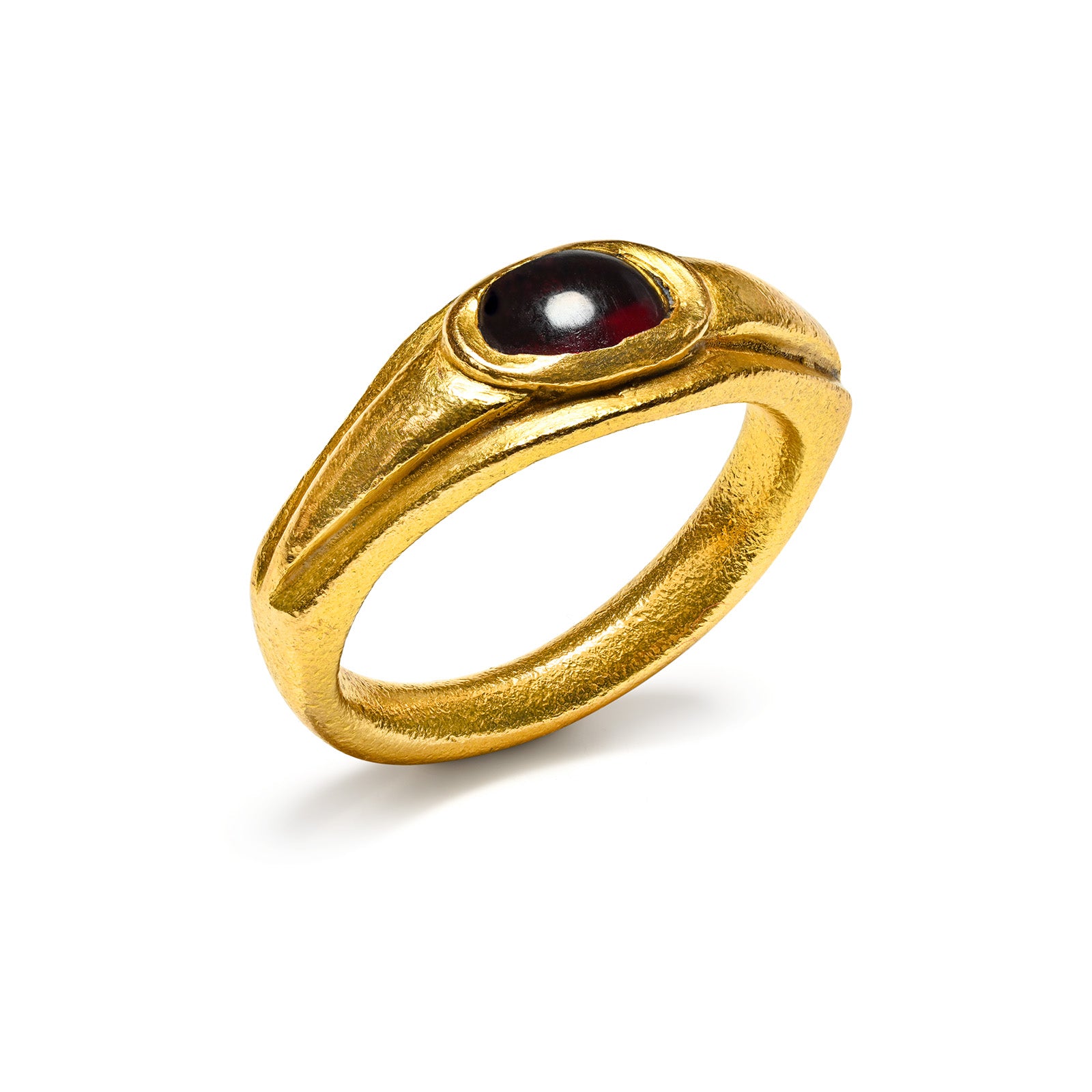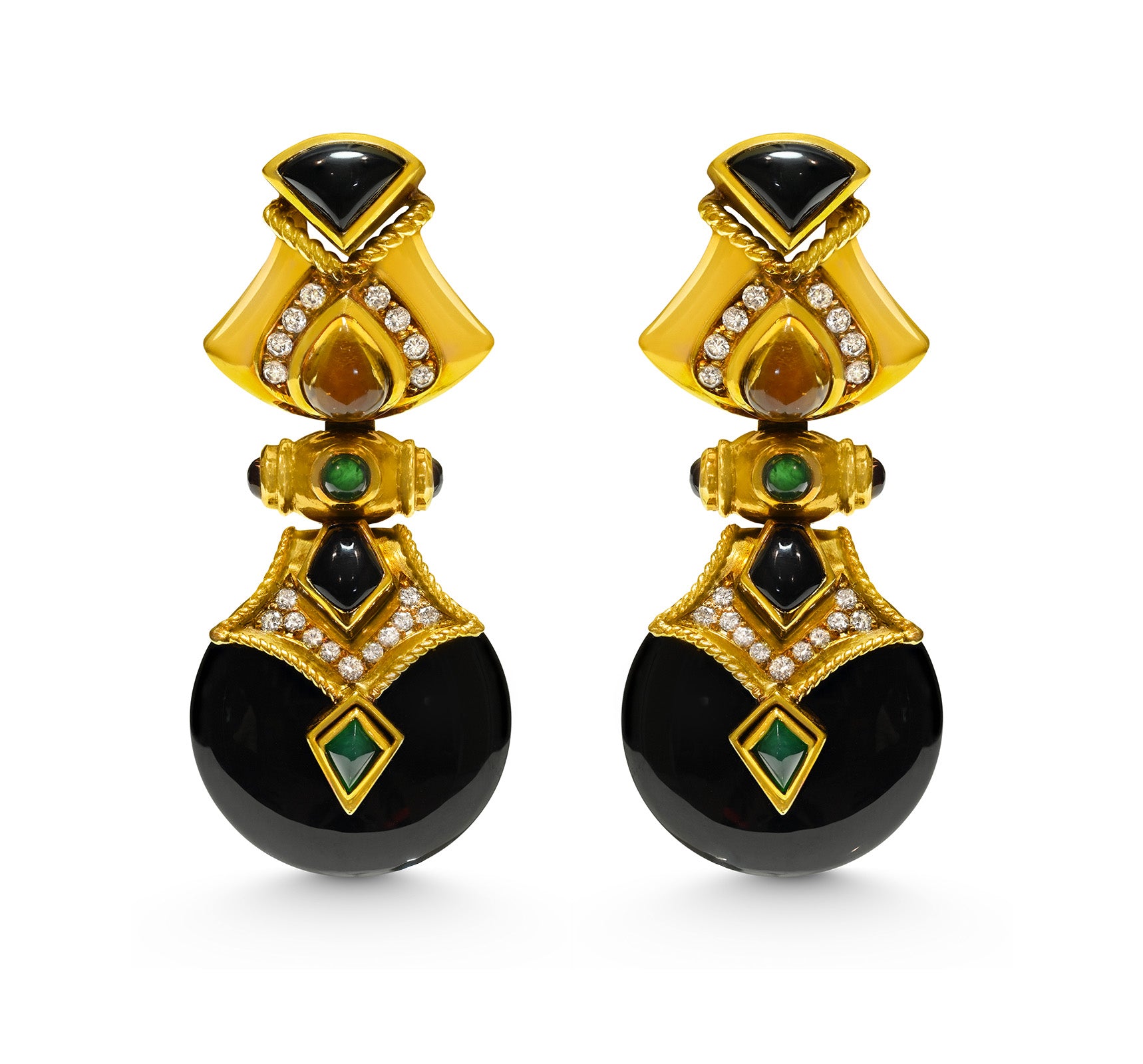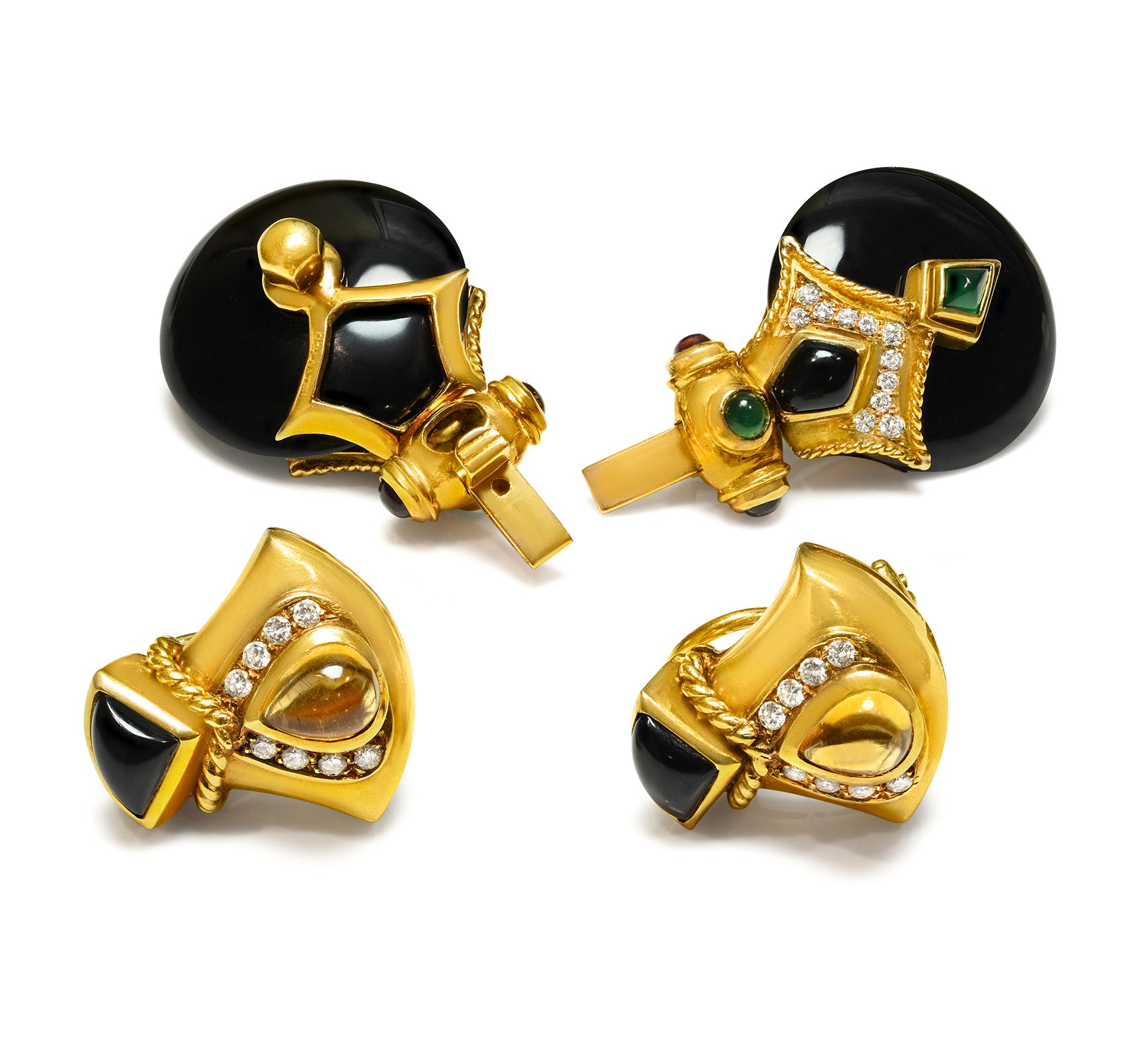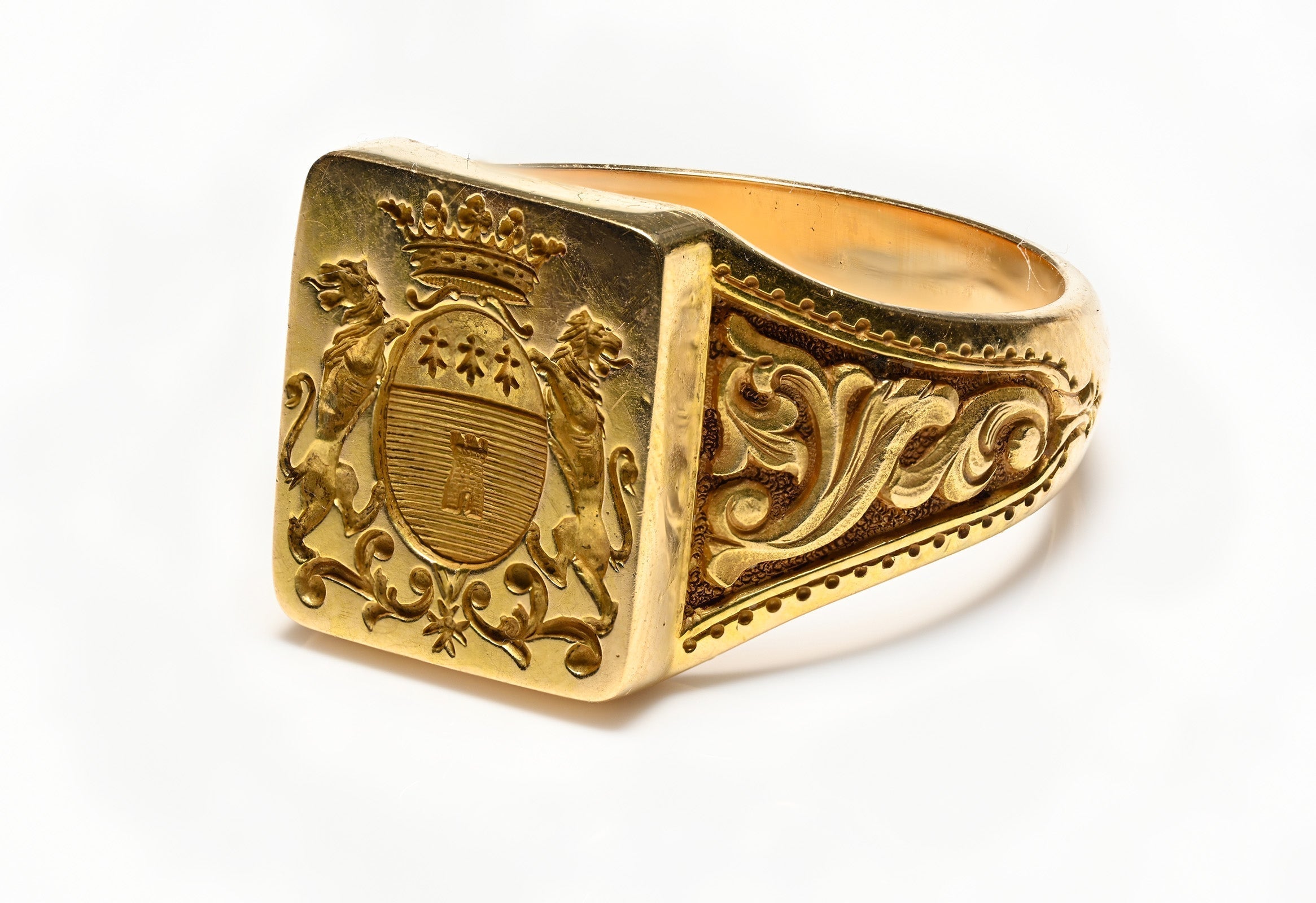
Hallmarks Through History: The Trusted Signs of Silver and Gold
Silver and gold have always inspired awe. Their unique brilliance and rarity set them apart, embedding them deeply into human civilization. Yet, beyond the glitter and prestige lies another element of their story—often overlooked, yet profoundly significant: the hallmark.
A small, cryptic mark, the hallmark represents a guarantee of authenticity, purity, and craftsmanship. Serving as both witness and protector throughout centuries of human ingenuity, fraud, and evolving regulation, its history is as intricate and compelling as the precious artifacts it adorns.
Drawing upon the detailed insights from "A History of Hallmarks" by Wynyard R. T. Wilkinson, let us delve into the fascinating narrative of hallmarks—from ancient workshops to contemporary assay offices—where a tiny stamp carries immense significance.

Origins: Silver, Gold, and the Birth of Trust
The journey of hallmarks began with humanity’s earliest interactions with precious metals. Over 5,000 years ago, civilizations such as Mesopotamia and Egypt first extracted silver from ores and transformed gold into ornate objects. However, the beauty of these creations brought forth an essential question of trust. How could anyone distinguish genuine silver and gold items from deceptive imitations?
Wilkinson succinctly captures this historical turning point: "purity alone called for a new kind of compact between buyer and maker—a visible, indelible promise." From their inception, these marks symbolized assurance and value. Ancient Greeks and Romans inscribed silver coins and votive objects with authority-backed stamps to indicate quality and legitimacy, laying the foundation for hallmarking.
In ancient Rome, silver's role in economic stability was paramount. Official inspectors, known as argentarii, employed marks to verify metal content, influencing early hallmarking systems throughout Europe.
Byzantine silver bars discovered with official control marks dating from the 4th century AD offer some of the earliest physical evidence of formalized hallmarking practices, reinforcing the deep-rooted association between trust, authority, and precious metals.
In Britain, which lacked abundant domestic sources of precious metals, much of the silver and gold was imported.
With increased trade in the Middle Ages, a crisis of trust emerged: unscrupulous smiths diluted precious metals to maximize profits. From this challenge, the hallmark evolved as both an emblem of honor and a regulatory instrument, ensuring purity and restoring confidence in the market.
Medieval Power: Guilds, Laws, and the Dawn of English Hallmarking
During the Middle Ages, goldsmiths rose to prominence across Europe, becoming not merely artisans but guardians of public wealth and trust. The Goldsmiths' Guild of London, in particular, amassed substantial power, described vividly by Wilkinson as "a tiny city-state within the metropolis," influential enough to sometimes defy even royal intervention.
Key legal milestones defined this era. In 1238, King Henry III introduced pivotal legislation requiring that silver wares be authenticated by wardens of the goldsmiths before sale. This significant measure united guild and state in a lasting partnership.
Guild rivalries occasionally sparked violent confrontations, underscoring the high stakes of their trade, as evidenced by the 1267 conflict between Goldsmiths and Tailors in London's Cheapside district.
The practice of hallmarking reached another significant milestone in 1300, when King Edward I ordered mandatory testing and stamping of English silver with the iconic "leopard's head," a symbol that persists in London's hallmarking tradition today. This process was formally institutionalized by Edward III’s royal charter to the Goldsmiths' Company in 1327, empowering it to enforce purity standards through rigorous assay processes.
Hallmarking thus became an intricate balancing act between guild monopolies and public accountability. As Wilkinson highlights, goldsmiths functioned as gatekeepers of economic integrity, and their marks emerged as potent symbols of trust, connecting craftsmanship with broader financial, social, and political stability.

Guardianship and Guile: Fraud, Regulation, and Evolving Practice
The greater the value of an object, the stronger the temptation toward deceit. Gold and silver, as Wilkinson notes, "invited all manner of disguise and trickery." Legal responses quickly multiplied in an attempt to curb these fraudulent practices. The Act of 1403 explicitly forbade the deceptive gilding of base metals, while subsequent ordinances introduced harsh penalties for underweight pieces, adulterated alloys, or forged hallmarks.
As forgery methods became increasingly sophisticated, hallmarking systems responded with heightened complexity. The iconic "leopard’s head" was soon accompanied by a mandatory maker’s mark—an individualized signature registered officially with the guild.
By the late fifteenth century, the addition of an annually rotated date letter further refined hallmarking, allowing precise identification of assay years and enhancing accountability. This innovation empowered authorities to swiftly identify and prosecute offenders if issues arose.
The establishment of new assay offices in cities such as York, Exeter, Birmingham, and Sheffield broke London's monopoly on hallmarking. These regional assay offices provided provincial silversmiths greater credibility and allowed them to build local prestige.
Wilkinson emphasizes that these new city marks and date letters transformed simple symbols into detailed codes, unlocking an object's provenance and facilitating fairer judicial processes. Today, collectors rely heavily on these intricate marks to authenticate historical treasures and reconstruct fascinating narratives from centuries past.
Hallmark regulations continually evolved in response to shifting political and economic contexts. A particularly notorious example was Henry VIII’s infamous debasement of English coinage, reducing silver content to finance military campaigns and royal extravagances.
The result was market instability and soaring prices for genuinely pure silver goods. Parliament, reacting to growing anxieties about economic integrity, oscillated dramatically in penalties for hallmark forgery—from minor fines to capital punishment—illustrating the volatile economic climate.
The hallmark system was thus not static but continually reshaped by political forces, economic upheaval, and social anxieties. Wilkinson documents periods when rampant coin clipping and floods of counterfeit silverware threatened economic confidence, necessitating stricter assay standards and enforcement. The hallmark thus emerged as far more than a simple purity indicator—it became a critical instrument of economic governance and public trust.
Society and the Hallmark: Status, Custom, and the Everyday
Owning hallmarked silver was more than a sign of wealth; it was a declaration of social status. Wilkinson’s detailed accounts highlight how merchants, guilds, and even royalty prominently displayed silverware as symbols of both affluence and security.
The Goldsmiths’ Company itself exemplified this power: before 1524, goldsmiths held the prestigious position of Lord Mayor of London no fewer than seventeen times, underscoring their substantial civic influence.
Hallmarking gradually infiltrated every aspect of daily life. Silver household items, sacred religious artifacts, and prestigious corporate gifts all bore these subtle yet significant marks of integrity.
The guild’s authority extended deeply into society—they audited their own members, prosecuted fraudulent artisans, and defended consumers from exploitation. Wilkinson eloquently describes the goldsmiths as "arbiters of both taste and truth," reinforcing the profound trust society placed in their oversight.
Through this combination of artisanal skill and rigorous control, hallmarking transcended its technical origins, evolving into a powerful cultural symbol.
Hallmarked silver became a language of aspiration and trustworthiness, signifying adherence to a regulated moral economy. For provincial towns, local assay offices fostered pride, elevating regional craftsmanship to a position equal in dignity to London’s prestigious tradition.

Revolution, Industry, and the Modern Challenge
The rise of industrialization transformed the hallmarking landscape profoundly. With steam engines and mechanized tools, English industrial hubs—particularly Sheffield and Birmingham—began producing silverware at unprecedented rates and volumes.
Wilkinson carefully explores this era of dramatic change, highlighting the struggle traditional artisans faced in preserving established privileges while industrial entrepreneurs pushed vigorously for reforms in registration, assay procedures, and exemption rules. Despite these pressures, the hallmark remained an essential stamp of distinction, signifying quality and authenticity amidst mass production.
Regulatory frameworks evolved swiftly to meet these new demands. The introduction of "exemption weights" allowed small, intricate, or decorative items to be crafted without incurring the full cost of assay—stimulating creativity and innovation.
However, industrialization also presented new opportunities for fraud, from outright forging of hallmark punches to the practice of carefully removing and reapplying genuine marks onto fraudulent pieces.

Wilkinson emphasizes the resilience and adaptability of the hallmarking system throughout these upheavals. By continuously refining laws and enforcement practices, hallmarking maintained public trust and confidence in an age increasingly dominated by mass manufacturing, international trade, and evolving consumer expectations.
Rather than fading into irrelevance, hallmarking emerged stronger and more necessary than ever, safeguarding market integrity and consumer confidence.
Hallmarks on the Global Stage: Empire and International Standards
As Britain's influence expanded globally, its hallmarking system gained international prominence. Goldsmiths in Calcutta, Cape Town, and Sydney quickly recognized the prestige associated with marks like the leopard's head and lion passant. Colonial assay offices, inspired by London's Goldsmiths' Company, began to appear across the empire.
Wilkinson vividly illustrates how British hallmarking became synonymous with quality at international expositions, with craftsmen worldwide actively seeking London's esteemed stamp of approval.
Entering the twentieth century, however, the interconnectedness of global commerce exposed limitations inherent in separate national hallmarking systems. Imported goods increasingly required additional marks—some designating antique status, others certifying compliance with emerging international agreements.
A pivotal moment occurred with the Vienna Convention, which introduced the "Common Control Mark," significantly streamlining cross-border trade among member countries.
Although Wilkinson could have only anticipated such developments, today this system ensures consistent international recognition, consumer protection, and trade facilitation, reinforcing hallmarking’s vital global role.
The Anatomy and Drama of Modern Hallmarks
In modern times, hallmarking structures simultaneously echo historical traditions and reflect ongoing adaptation. Modern British hallmarks consist of at least three mandatory symbols: the maker’s or sponsor’s mark, the standard purity mark (e.g., "925" for sterling silver), and the assay office’s unique identifier. Additional optional marks, such as the date letter or commemorative symbols, further enrich this coding system.
Yet hallmarking’s primary purpose endures unchanged—to protect consumers, reassure markets, and uphold the integrity of craftsmanship. Modern innovations like laser engraving and digital authentication have been integrated effortlessly into this traditional system. Rather than rendering hallmarks obsolete, these technological advances have made them easier to trace, significantly reducing opportunities for fraud.
For historians, artisans, and collectors, hallmarks represent endless fascination and detective intrigue. They unravel forgotten narratives—whether it’s the rise of an unknown silversmith, royal occasions immortalized in silver, or the transmission of artisanal skills across continents. When counterfeiters attempt to replicate these complex marks, the embedded historical context and detailed coding often unmask them swiftly.
Hallmarks as Cultural and Artistic Artifacts
Beyond their practical legal and commercial roles, hallmarks possess profound artistic and cultural resonance. Historical records kept by goldsmiths not only document individual artisans but also reflect shifting fashion trends, changes of monarchy (each reign having distinctive marks), and the impact of major events.
During periods of conflict, notably the World Wars when silver was requisitioned for military purposes, hallmarking activity noticeably waned, then later revived, clearly echoing historical upheavals.
Wilkinson marvels at how even a modest silver spoon, through its marks, encapsulates narratives of political transitions, evolving artistic tastes, and diplomatic complexities. Each variation of the leopard’s head or subtle shift in the lion passant symbolizes significant historical crossroads.
Hallmarks also evolved to possess a more democratic significance. Once exclusively reserved for sacred objects or aristocratic items, their prevalence on common household utensils reflected society’s broader commitment to ideals of fairness, authenticity, and transparency.
The Enduring Chain of Trust
To study a hallmark closely is to engage in a timeless dialogue. The maker’s stamp asserts pride and accountability; the assay office’s mark represents the authoritative voice of civic or governmental assurance of purity. The date letter anchors each artifact precisely in its historical moment—an unbroken thread linking us across generations.
Above all, as Wilkinson emphasizes, the hallmark symbolizes civilization’s profound pact of trust, resilient against shifts in fashion, economic upheaval, wars, and regulatory changes. Within every refined tea set, weathered tankard, or cherished heirloom ring, the hallmark silently conveys rich meaning: a promise, a narrative, and a subtle affirmation of the law’s enduring presence.
Therefore, the next time you hold a silver fork or glimpse the discreet stamp inside a gold ring, reflect upon this intricate saga—one encompassing ambition and deceit, artistry and regulation, continuity and innovation—a glittering truth that will endure as long as humanity treasures beauty, trust, and the lasting promise encapsulated within precious metals.
Photo Credit: "A History of Hallmarks" by Wilkinson, Wynyard Russell Theon's







VIEW OUR COLLECTION OF ANTIQUE & VINTAGE JEWELRY
VIEW OUR JOURNAL & NEWS
READ OUR INTERESTING FACTS ARTICLES

